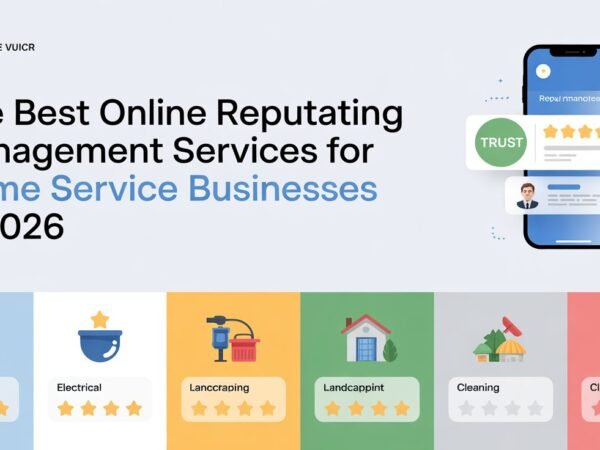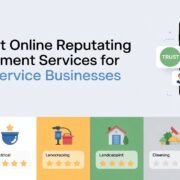Becoming an AI engineer felt like a far-off dream a few years ago—limited to those with PhDs or a Silicon Valley address. Today, the story has changed. Thanks to cloud tools, open-source platforms, and remote-first workplaces, AI Engineer Remote Jobs are more accessible than ever—no matter where you live. If you’re passionate about problem-solving, enjoy tinkering with code, and want to work on the future of tech, this is a golden opportunity. And the best part? You don’t need to relocate or have a formal tech degree. Let’s explain how to launch a remote AI career, what skills you’ll need, and why this is a strong path within today’s Microsoft Tech Career Jobs market.
Why Remote AI Careers Are Booming
AI is no longer just about building robots or creating sci-fi applications. Businesses use AI to personalize recommendations, automate customer service, detect fraud, forecast demand, and more. According to a report by McKinsey, AI adoption has more than doubled since 2017, with 50% of organizations using it in at least one business area. This growth means more demand for AI professionals, but it also means a shift in how companies hire. Many now prefer remote engineers who can work across time zones and bring diverse perspectives. Here’s why: Cloud-based AI platforms (like Azure AI, TensorFlow, and PyTorch) allow collaboration from anywhere.
Companies can hire talent globally without the overhead of physical offices.
Project-based roles make it easy to test skills before offering long-term contracts.
So, whether you’re based in a major tech city or a small town, there’s room for you in the AI world—as long as you have the right tools and mindset.
Getting Started with AI Engineer Remote Jobs
Becoming an AI engineer doesn’t mean knowing everything from day one. What matters most is your ability to learn fast, experiment with real-world data, and understand how AI can solve problems. Here’s how to start:
1. Learn the Fundamentals
Start with Python. It’s the core language for AI and machine learning. From there, move on to: Data structures and algorithms
Linear algebra and statistics
Machine learning concepts like supervised vs. unsupervised learning
Many free and affordable resources are available on Coursera, YouTube, and edX. Don’t overthink—start small.
2. Get Hands-On with Real Tools
Install Jupyter Notebook and practice using libraries like: scikit-learn for basic models
TensorFlow or PyTorch for neural networks
OpenAI APIs for NLP and chat models
Build small projects—image classification, sentiment analysis, chatbots—and host them on GitHub.
3. Understand Cloud Integration
Most AI jobs require deploying models in the cloud. Explore platforms like: Azure Machine Learning Studio
AWS SageMaker
Google Vertex AI
Learning to train, deploy, and monitor models remotely is a massive plus for remote roles.
App Developer Remote Jobs in the AI Era
Not every AI role is about research. The need for App Developer Remote Jobs has grown as more businesses integrate AI into customer-facing tools. Why? AI needs interfaces, and apps need developers who understand how to integrate innovative features—like voice search, personalization, or image detection—into user-friendly designs. If you enjoy building mobile or web apps, you can: Add AI-powered features using APIs (OpenAI, Azure AI, Google Vision, etc.)
Use Microsoft Power Apps to build low-code apps with embedded intelligence.
Collaborate with data scientists and AI engineers to deploy your front end.
This makes app developers an essential part of the remote AI ecosystem.
Why Microsoft Tech Career Jobs Are Worth Exploring
Microsoft has become a serious AI player. From Copilot in Microsoft 365 to Azure OpenAI integration, their ecosystem is built around helping businesses work smarter. This opens doors for AI engineers and developers alike. Some benefits of focusing on Microsoft Tech Career Jobs: Access to enterprise-grade AI and cloud tools
Certifications that are globally recognized (like Azure AI Engineer Associate)
Growing demand in industries like finance, healthcare, and education
With tools like Power Platform, Azure Machine Learning, and Cognitive Services, Microsoft Careers allows you to apply AI without building from scratch.
How to Stand Out in the Remote AI Job Market
It’s not enough to take courses. Employers want proof you can apply what you’ve learned. Here’s how to set yourself apart:
Build a Public Portfolio
Upload projects to GitHub with clean code and documentation.
Write short blogs explaining your thought process.
Share your work on LinkedIn and tag relevant communities.
Earn Industry Certifications
Microsoft, Google, and AWS offer AI certifications that show you’re serious. Start with beginner-friendly ones and work your way up.
Contribute to Open Source or Volunteer Projects
Even a minor bug fix or feature can demonstrate collaboration and coding skills. Bonus: you might meet people who’ll refer you to real jobs.
Apply Smart, Not Hard
Don’t wait until you’re “ready.” Start applying to internships, contract gigs, or freelance AI projects. Many companies are open to entry-level remote contributors if they see potential.
The Future Is Remote and AI-Driven
The tech world is changing fast—and the lines between roles, locations, and job titles are blurring. AI Engineer Remote Jobs are a fantastic path if you’re interested in problem-solving, automation, and building more innovative tools. If you prefer building intuitive products or connecting AI to real-world applications, App Developer Remote Jobs is a powerful entry point into this field. Both roles are supported by a thriving ecosystem of Microsoft Tech Career Jobs that offer stability, growth, and the flexibility to work from wherever you are. You don’t need a computer science degree. You need curiosity, core skills, and the willingness to keep learning. The tools are ready, the jobs are open—and your AI career could start today.
Do Read: Shaping Tomorrow’s Tech Experts: The Rise of Full Stack and AI Courses in Chandigarh













